Mutiny on the warship "STOROZHEVOYA"
On 8 November 1975, as was customary in the USSR, Riga hosted another large-scale celebration of the anniversary of the Bolshevik Revolution. Nobody, even in their wildest nightmares, could have imagined that the 58th anniversary of the Revolution would go down in the history of Latvia and the USSR as something unprecedented and unprecedented - a mutiny on board the Storoževoj, a large anti-submarine ship. For 15 years, the USSR denied that a mutiny had taken place on board.
As usual at such celebrations, the battleships and submarines of the USSR Navy were anchored in the Daugava near Riga Castle. One of them is the "Storozhevoj", "bolshoy protivolodochnyj korabl" or large anti-submarine ship. So the 36-year-old zampolit (deputy commander for political work) or third-rank captain Mikhail Sablin decides to start a revolution and become its leader, to go with the whole ship to the cradle of the revolution, Petrograd or Leningrad, and light the fire of a new revolution among the masses. He seems to be a staunch idealist who has carefully studied all the works of the classics of Marxism-Leninism and is able to quote them accurately and precisely when necessary. Sablin is convinced that the General Secretary of the Communist Party, Brezhnev, and his clique have betrayed the ideals of the revolution and communism, have become thoroughly corrupt, and are leading the country towards the abyss. And that's why only a new revolution can save the country, and someone must start and lead it.
Sablin manages to convince part of the ship's crew of the correctness of his idea, the ship's captain and some of the officers, who do not want to participate in this event and do not show any active resistance, are locked in separate rooms of the ship.
On November 8, 1975, Sablin addresses the ship's crew and invites them to weigh anchor and sail to Leningrad, towards a new and beautiful future. Since he has won the respect and trust of the ship's crew, he succeeds, although not without some careful preparations. One of the officers manages to escape and descend onto a nearby submarine using one of the ship's ropes, where he raises the alarm about a mutiny on board. At first, no one wants to believe in something so fantastic...
“Storozhevoj” weighs anchor and, without a pilot, under the guidance of Sablin, goes down the Daugava and, passing the Daugavgrīva lighthouse, goes at full speed in the direction of Cape Kolka and the Irbe Strait. While the alarm is raised on the shore and Moscow is hurriedly reported, the ship, illuminated only by camouflage lights, rushes towards the open waters of the Baltic Sea. It does not take long before other ships of the navy begin to pursue it, bombers take off from Rumbula airport and General Secretary Brezhnev himself gives the command from Moscow – to bomb and sink the ship!
The Irbe Strait area is covered in thick fog, which temporarily saves the “Storoževa”. Due to the fog, the aircraft mistakes the pursuers for fugitives and discovers erroneous fire, but the misunderstanding is cleared up and the pursuit continues in full force.
The attack planes stationed there are taken into the air from the Tukums airfield, because there is a suspicion that the pilots in the air do not understand why their own people must be bombed and are inexplicably hesitating, not wanting to carry out the order. The attack planes are ordered to damage the steering gear of the fleeing ship in order to stop it. Bombs are dropped and one of them hits the steering gear and the ship is no longer able to continue its escape... it is taken over by paratroopers.
Such grandiose military activities almost in the middle of the Baltic Sea cause panic at the Swedish military observation station on the island of Faro near Gotland. They are stunned and are already expecting a military strike, seeing a squadron of warships coming in their direction, accompanied by serious aviation forces. However, after stopping the fleeing ship, everything calms down, the Swedes can wipe off their sweat of fear....
The arrested ship's crew is taken to Riga for interrogation, where it is subjected to processing by the KGB, but the main mutineer Sablin is kept in the Karosta guardhouse for two weeks under a different surname, taken to Moscow and placed in Lefortovo prison. There he is charged with treason, the desire to escape with the entire ship to Sweden, and other sins. He is sentenced and executed, even his family to this day does not know where his grave is.
The crew of the “Storozhevoy” was punished and disbanded. However, since rumors spread that something bad had happened on the ship, in order to deceive foreigners, the “Storozhevoy” demonstratively sailed along the northern shores of the Baltic Sea, demonstrating to everyone that everything was in perfect order. The USSR stubbornly denied for 15 years that there had been a mutiny on the ship.
In foreign military classification, "Storozhevoj" is referred to as a "Krivak"-class frigate.
Its length is 123 meters, width is 14m, and draft is 7m.
The ship's speed is 32 knots, and it is propelled forward by 4 gas turbine engines.
Crew – 180 sailors.
Armament includes missile systems, artillery, torpedoes and mines.
GDJangs & N.Breidens "Storoževoj. Dumpis uz PSRS karakuģa 1975.gadā Rīgā,"/ Atēna, 2006.
Internet resource: www.nirejs.lv
Valery Mikhailovich Sablin - "So That They Remember" (chtoby-pomnili.net)
"Those who try to stop us will be traitors to the Motherland." www.saint-juste.narod.ru/Sablin_after.html
"Noslēpumainā Karosta", J.Raķis, A.Remess
Your comments
I myself have served in the USSR army on a ship from 1973-1976. At that time, a well-known guy - Aivars Preinberg - served on the mentioned "Storoževoj". Together with him and a few others from Latvia, we served in Liepāja's "učebka" for half a year. He knows very well what happened at that time and how it all happened. It's just a pity that no one has talked to him about it while creating various publications and films. He currently lives in Viļani. I recommend listening to his memories.
Related timeline
Related objects
Rumbula Air Base
Located in the southeast of Riga, in Rumbula, between Maskavas Street and the Daugava River.
Rumbula was home to a Soviet Army Air Force airbase and a civilian airport alongside Riga's main airport in Spilve. Both airports existed until the opening of Riga Airport. Before World War II and the occupation of Latvia, Rumbula was home to an airfield for the Latvian Army Aviation Regiment.
After World War II, the Soviet Union began producing jet-powered aircraft, which required longer and smoother runways. Old airfields were expanded and new ones were built. The changing weather conditions in the Baltics and the short flight time of the first jet aircraft were the reason for the creation of many backup airfields. The noise of jet aircraft caused dissatisfaction among the residents of Riga, because the military airfield was located too close to residential areas and could create dangerous situations. In 1973, it was closed and the Lielvārde airfield was built in its place, to which combat aircraft were transferred. Shortly before the closure, an international scandal broke out. A US Air Force officer, who was one of the military attaches in Moscow, was beaten there. He was allegedly attacked by 14-20 airport employees who suspected that the airfield was being photographed.
Today, you can visit the abandoned airfield area.




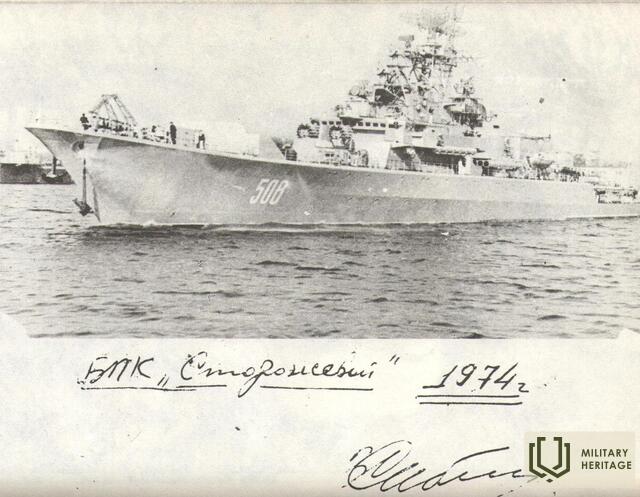
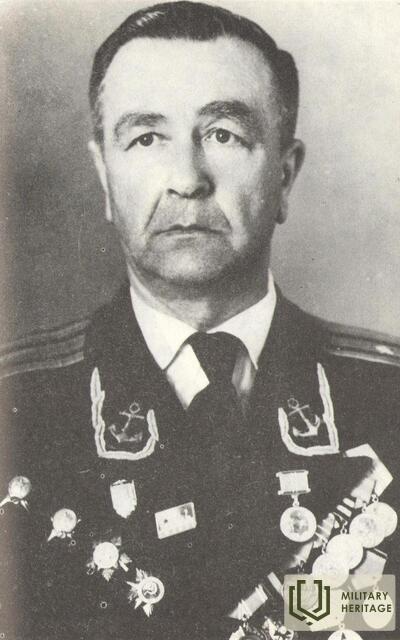
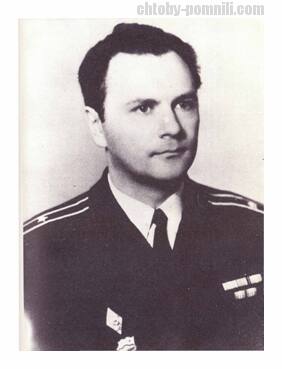

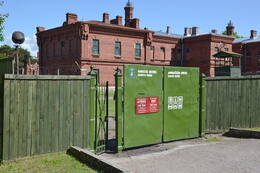
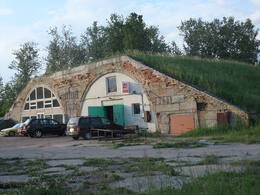
The so-called zampolite was called Valerius. He was the third in a family of three children in a sailor's family.